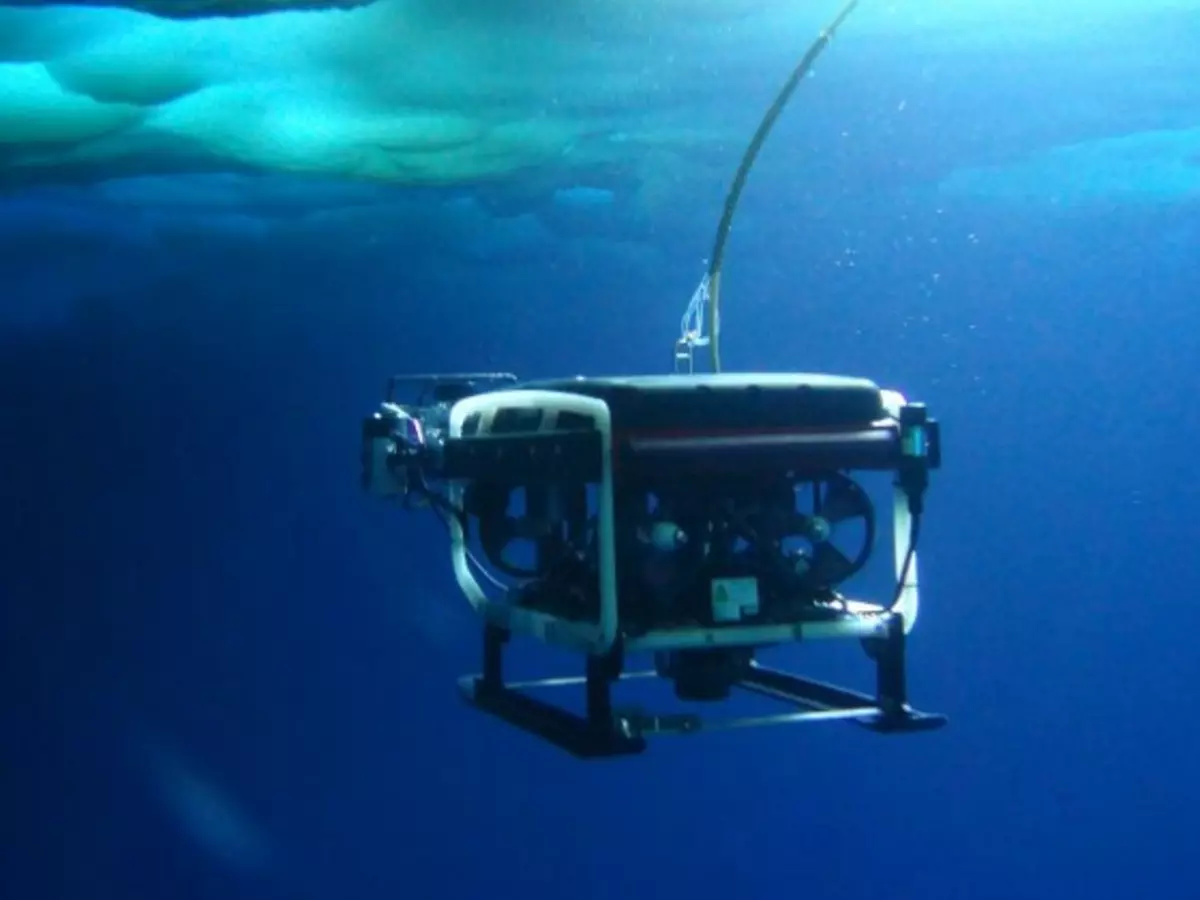This Little Submarine Robot Gives Us A Rare Glimpse Into The Life Under Antartica's Ice Sheet
Robot catches glimpse of life under Antarctic Ice

Life under the deep blue waters of the ocean has always been attracting the human beings and if it's the life beneath the unexplored Antarctic sea ice then it surely going to be jaw dropping.
An underwater robot has captured a rare glimpse beneath the Antarctic sea ice, revealing a thriving, colourful world filled with coconut-shaped sponges, dandelion-like worms, pink encrusting algae and spidery starfish, scientists said today.
he
Australian Antarctic Division
A Remote Operated Vehicle (ROV) was deployed by the scientists which recorded the footage under the sea ice at O'Brien Bay, near Casey research station in East Antarctica. Australian Antarctic Division Biologist, Dr Glenn Johnstone, said the footage was captured while scientists retrieved a SeapHox pH data logger, which has been recording the acidity, oxygen, salinity and temperature of the seawater on an hourly basis since November last year.
"When you think of the Antarctic coastal marine environment, the iconic species such as penguins, seals and whales usually steal the show," Johnstone said. "This footage reveals a habitat that is productive, colourful, dynamic and full of a wide variety of biodiversity, including sponges, sea spiders, urchins, sea cucumbers and sea stars.
These communities live in water that is minus 1.5 degrees Celsius year round and are covered in 1.5-metre thick sea ice for 10 months of the year. "Occasionally an iceberg may move around and wipe out an unlucky community, but mostly the sea ice provides protection from the storms that rage above, making it a relatively stable environment in which biodiversity can flourish," said Johnstone.
Johnstone said scientists are only just beginning to understand the amazing biodiversity and complexity of the Antarctic near-shore ecosystem."Carbon dioxide is more soluble in cold water. Polar waters are acidifying at twice the rate of tropical or temperate regions, so we expect these ecosystems to be among the first impacted from ocean acidification," Stark said.

Australian Antarctic Division
"Research shows the pink encrusting algae, known as crustose coralline algae, may decrease in extent in a more acidic future ocean, as it incorporates calcium into its structure, and this becomes harder for organisms to obtain as the acidity of the seawater increases. Antarctica may be one of the first places we see detrimental effects of ocean acidification on these organisms," he said.
Australian Antarctic Division PhD student James Black said the ROV was deployed through a small hole drilled in the sea ice and also collected diatoms and sediment.
